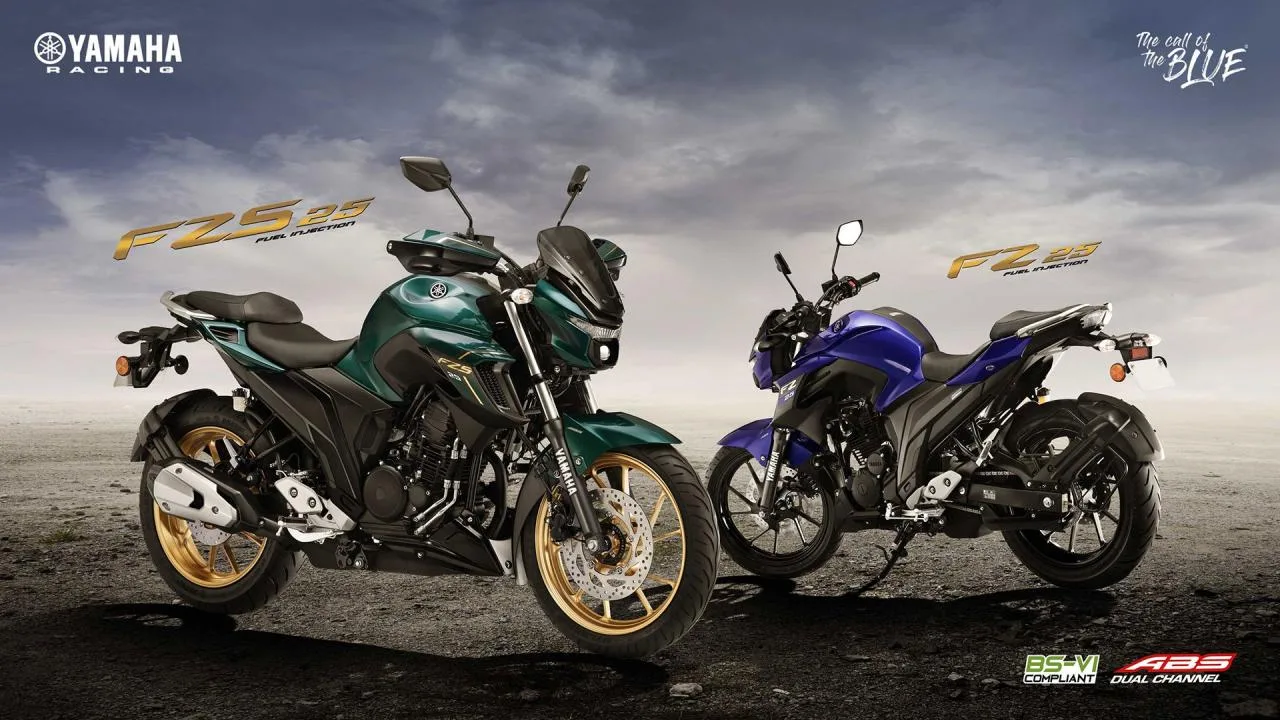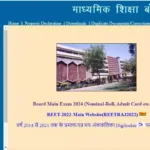The 150cc motorcycle segment in India is fiercely competitive, with manufacturers vying for the attention of budget-conscious riders seeking a stylish and capable daily commuter. In this arena, the Yamaha FZS emerges as a strong contender, balancing affordability with a sporty design and dependable performance. But how effectively does it achieve this equilibrium? Let’s delve into the Yamaha FZS’s pricing strategy and its impact on the value proposition it offers.
Starting Point: Competitive Ex-Showroom Prices
The FZS boasts two distinct versions: the standard variant starting at ₹1,16,130 and the FZS-FI V4 Deluxe variant priced from ₹1,29,780 (ex-showroom Delhi). These prices place the FZS squarely within the competitive range occupied by other popular 150cc offerings like the Bajaj Pulsar 150, TVS Apache RTR 160, and Honda Hornet 2.0. This strategic positioning ensures the FZS remains accessible to a broad range of potential buyers, especially first-time motorcycle owners.
Value Beyond the Sticker Price:
While the initial price tag plays a crucial role, the FZS offers more than just affordability. It boasts a fuel-efficient 149cc engine known for its reliability and decent power delivery, making it suitable for both city commutes and occasional highway jaunts. The standard variant comes equipped with essential features like a digital instrument cluster and LED taillight, while the V4 Deluxe adds Bluetooth connectivity and a special edition paint scheme, further enhancing its appeal.
Stepping Up the Style Quotient:
Where the FZS truly shines is its design. It inherits the aggressive and sporty DNA of the Yamaha FZ series, boasting a muscular fuel tank, sharp fairing, and a dynamic LED headlight. This aggressive aesthetic sets it apart from some of its more subdued competitors, catering to riders who prioritize style alongside practicality.
The Affordability-Performance Trade-Off:
However, balancing affordability and performance often necessitates compromises. The FZS’s 12.2 horsepower engine, while adequate for most daily needs, falls short of the power offered by some rivals like the Pulsar 160NS and Apache RTR 160 4V. Additionally, the FZS lacks features like a front USD fork and a mono-shock suspension, which are present on some competitors, potentially impacting handling and ride comfort for some riders.
Target Audience and Value Perception:
Despite these limitations, the FZS caters primarily to first-time riders or budget-conscious buyers who prioritize style and fuel efficiency over outright performance. For these individuals, the FZS’s combination of affordability, dependable engine, and eye-catching design offers significant value. Its lower price tag also makes it easier to manage on-road costs like insurance and registration, further solidifying its appeal within its target segment.
Conclusion:
The Yamaha FZS strikes a commendable balance between affordability and style in the competitive 150cc segment. Its starting price makes it accessible, while its sporty design and dependable performance offer good value for money. While it may not be the most powerful or feature-rich option, it caters effectively to its target audience, making it a compelling choice for style-conscious riders seeking a reliable and affordable daily companion. Ultimately, the FZS’s success hinges on its ability to continue resonating with this specific segment, where its blend of affordability and style holds strong appeal.



